Your Cart
Your cart is empty
There are no items in your cart
Keep shopping
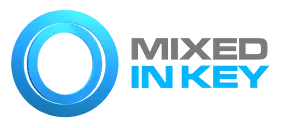
Included Software:
Captain Deep is designed to integrate with Captain Chords to create bass-lines which complement the chord progressions created in Captain Chords. As such, Captain Deep should be opened while there is an instance of Captain Chords connected in your DAW.
Select ‘Captain Deep’ from your AU or VST Instruments folder in your DAW. Add it to a new MIDI channel.

Captain Deep is designed to follow the chord progression created in Captain Chords for each individual tab, ‘VERSE’, ‘PRE CHORUS’, ‘CHORUS’ or ‘DROP’. Therefore, changes in Captain Chords’ Pre-Chorus tab will affect the notes in Captain Deep’s Pre-Chorus tab, too.

Similar to Captain Chords, Captain Deep can also be played live using the Captain Play tab.
To start recording, press Space-bar. You can clear your recoring by pressing Clear next to the MIDI window.
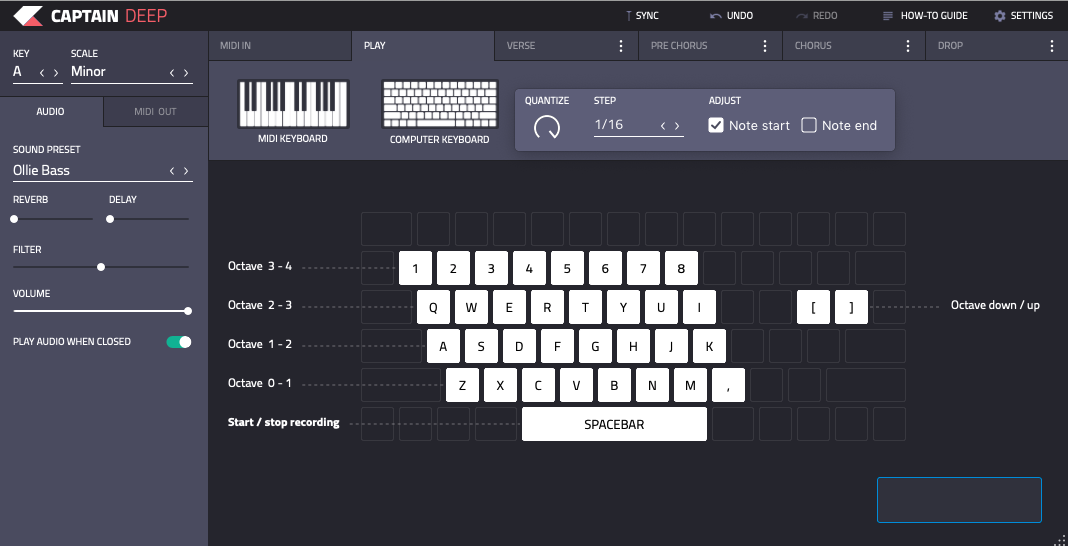
There are additional features within the Play tab in Captain Deep:

When working inside tabs ‘VERSE’, ‘PRE CHORUS’, ‘CHORUS’ or ‘DROP’, the octave, shape and rhythm can be modified to taste.
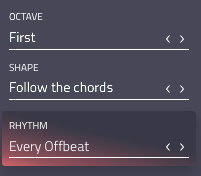
The Rhythm menu contains dozens of rhythmic patterns for your bass-line. Many have been taken from hit tracks across a range of genres. Rhythms are categorized Basic, Simple, Complex or New.
Choose a rhythm, and Captain Deep will play the root notes from Captain Chords in the selected rhythm template.
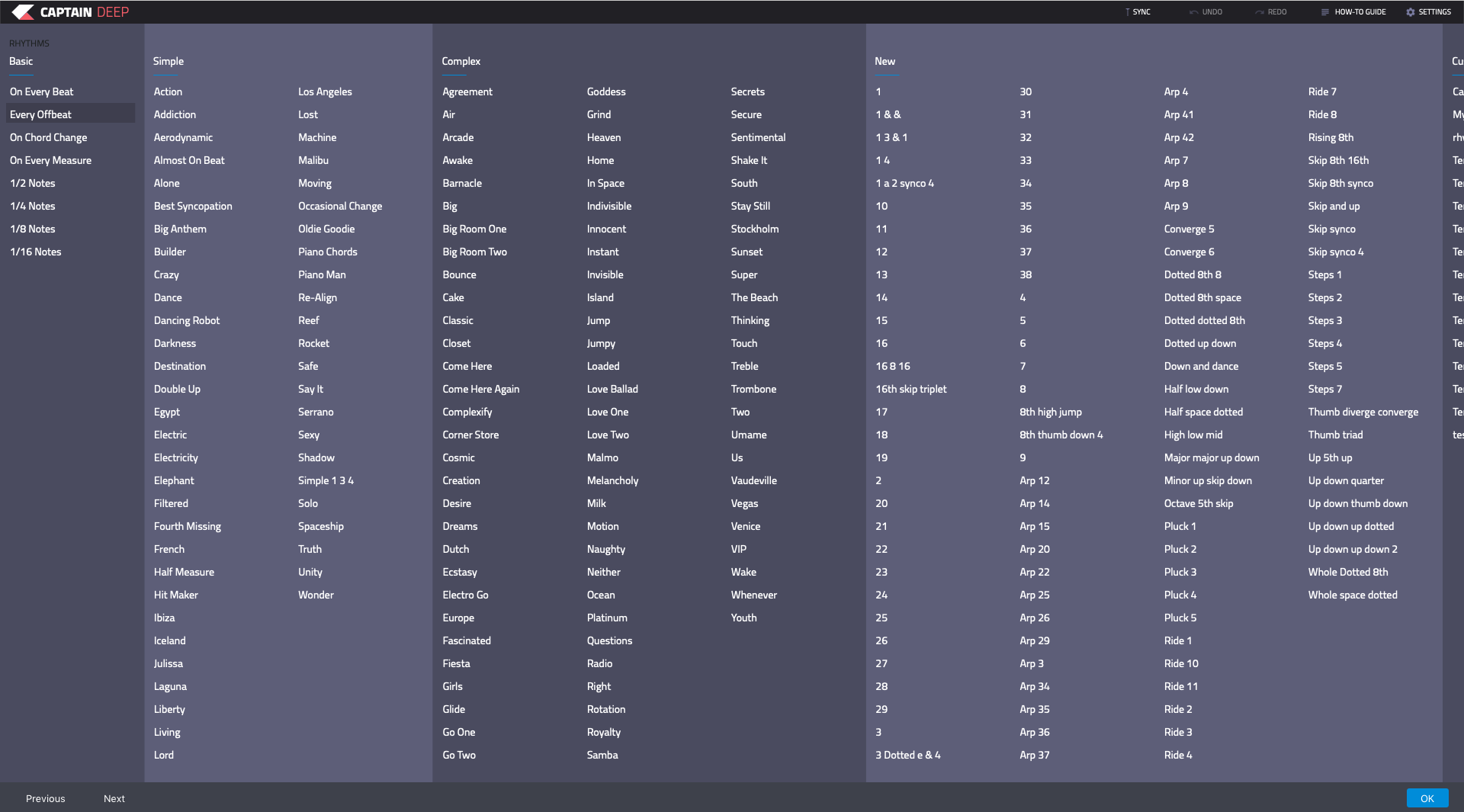
Captain Deep has numerous sound presets and effects to choose from.
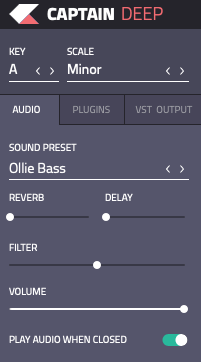
In Captain Deep 5, we introduced native 3rd-party plugin hosting. Since Plugin Hosting is a brand new feature, we have deliberately only allowed certain plugin instruments to work in this feature as they have been tested and shown to cause no issues.
We will be adding more features within plugin hosting and also whitelisting more 3rd party instruments as we develop the feature.
To enable 3rd party hosting, simply open Captain Deep, and select Plugins > VST Instrument, and press Scan. Captain Deep will scan your directories and add all whitelisted plugins to the VST Plugins menu inside Captain Deep.
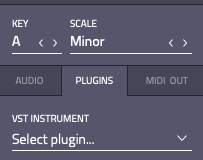
Once the scan is complete, you will find all whitelisted plugins available in the VST Plugins menu. Simply press ‘Select Plugin’ to open the menu window.
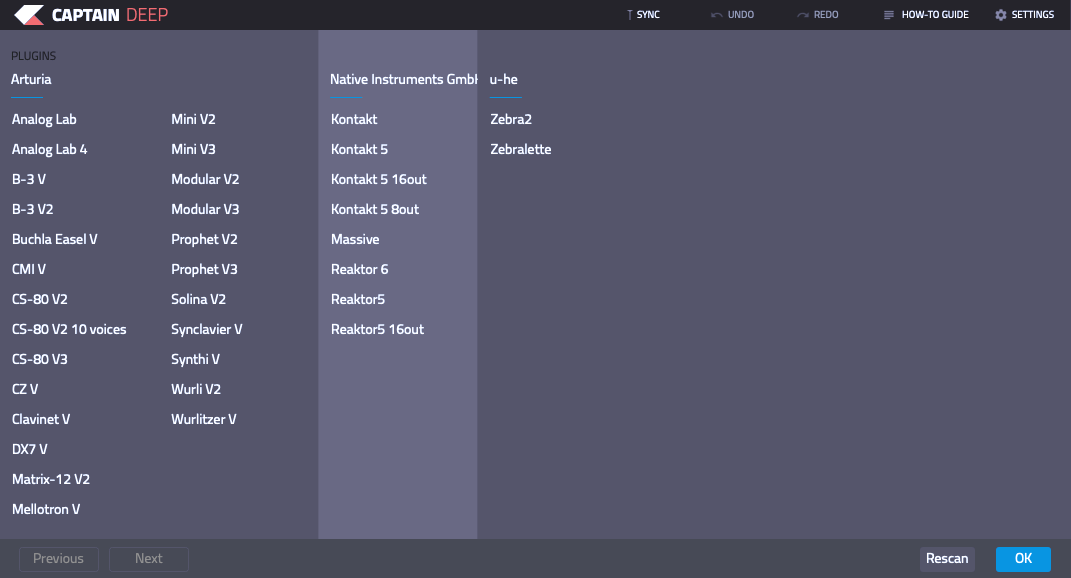
If your VST instruments are not in any of these locations then they will not be found, regardless of whether they are supported.
Once you have selected your 3rd-party plugin, whatever you have composed in Captain Deep will be played directly through your selected plugin. Any adjustments you make in your 3rd-party plugin will be instantly reflected.
Dragging your MIDI clip to the Captain Deep channel timeline in your DAW will now result in the bassline being played via your 3rd-party plugin.
To change plugin, simply click in the name of your currently selected plugin to open the plugins menu.
‘Hide Plugin’ will close the 3rd-party plugin window without disabling the instrument itself.

‘Show plugin’ reopens the plugin interface.

Captain Deep’s Reverb, Delay, Filter and Volume controls can be engaged at any time while using 3rd-party plugins, and will be applied on top of any effects inside the 3rd-party interface.
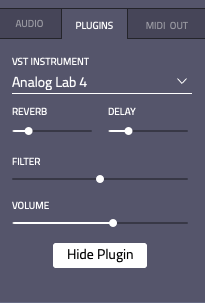
Should you need to disable or enable ‘Keep Playing Audio When Closed’, click ‘Audio’ next to the ‘VST Instruments’ tab, and toggle the button.

Note: When ‘Audio’ is selected, the 3rd-party Instrument will cease to be engaged, and sound will revert to the selected sound in Captain Deep’s sound library. However, to re-enable the 3rd-party instrument, re-select ‘VST Instruments’ after toggling the ‘Keep Playing Audio When Closed’ button.
lightbulb_outline Tip: We have added compatibility with most well-known VST Plugin Instruments, from manufacturers such as Arturia, Native Instruments, U-He and more. This list will continually reviewed, so if a plugin of yours isn’t displaying, please email us at [email protected] and we’ll look into it.You can route any MIDI-enabled software or hardware synth through Captain Deep. This allows you to use Captain Deep’s MIDI generator to playback sounds from 3rd party synths.

To achieve this, set Captain Deep to VST Output instead of Audio. Then, create a new MIDI channel for your 3rd-party synth, and set Captain Deep as the MIDI source. The exact procedure for this varies between DAWs.
NB: To route 3rd-party synths through Deep, you must use Captain Deep as a VST, not AU. For Logic users, use Captain Deep as a MIDI FX unit.
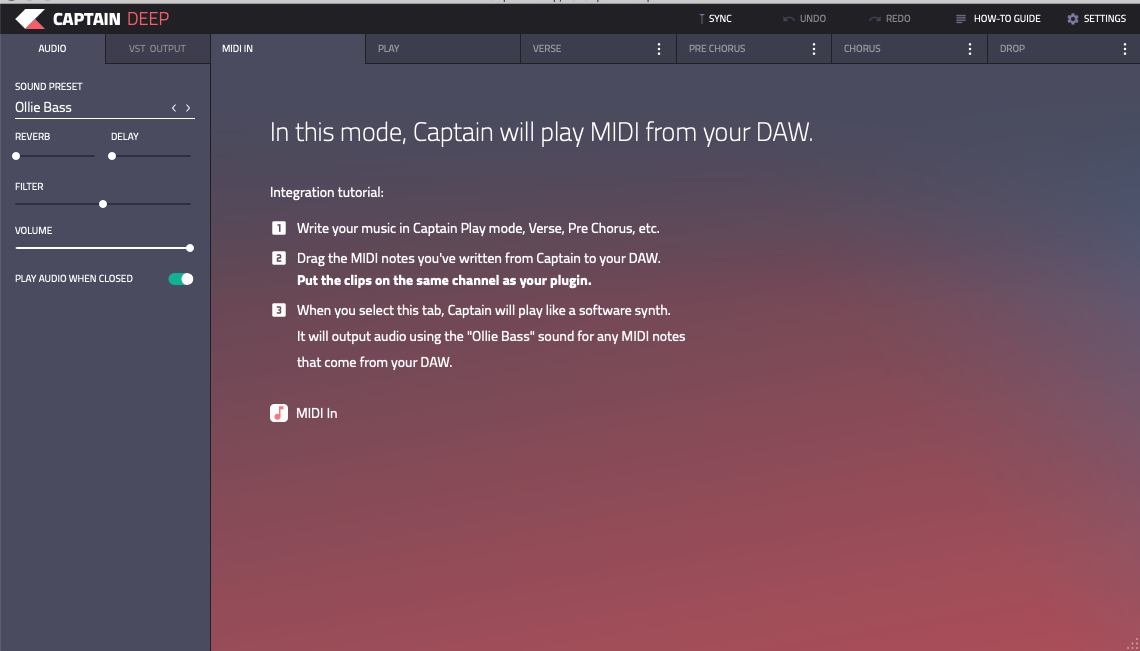
You can use Captain Plugins’ on-board sounds as a soft-synth by using the MIDI Input tab. Incoming MIDI signals, whether from a MIDI clip or keyboard, will trigger Captain Plugins’ sounds. You can choose the sound, adjust FX, volume and filter. However you cannot use Captain Plugins’ core functionality.
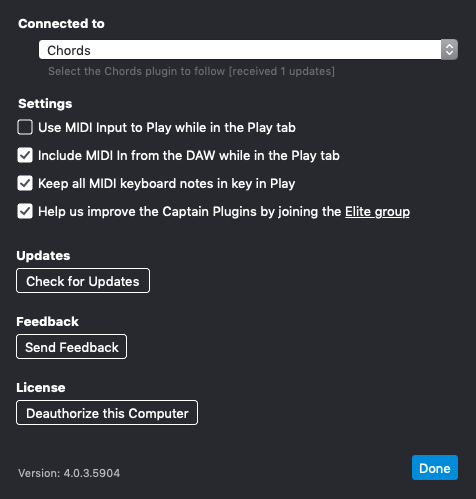
If your Captain Deep has any issues connecting to Captain Chords, double-check that it is still connected in Settings. The top menu marked ‘Connected To’ reveals whether or not you are connected to Captain Chords. Furthermore, if you have used more than one instance of Captain Chords at any time in your project, and Deep is not playing the right notes, check to see if it is connected to the correct instance of Chords.
If you have any functionality issues, check you are on the latest version, also in Settings.
Drop us an email any time at [email protected] for all support enquiries.
lightbulb_outline Tip: If one of your bass-lines is playing unexpectedly, while you have Captain Deep closed, check that you have ‘Keep Playing Audio When Close’ disabled – if you’re using a 3rd party plugin, you’ll need to return to the Audio window, disable the button, and go back to your 3rd party plugin tab.
– if you’re using a 3rd party plugin, you’ll need to return to the Audio window, disable the button, and go back to your 3rd party plugin tab.